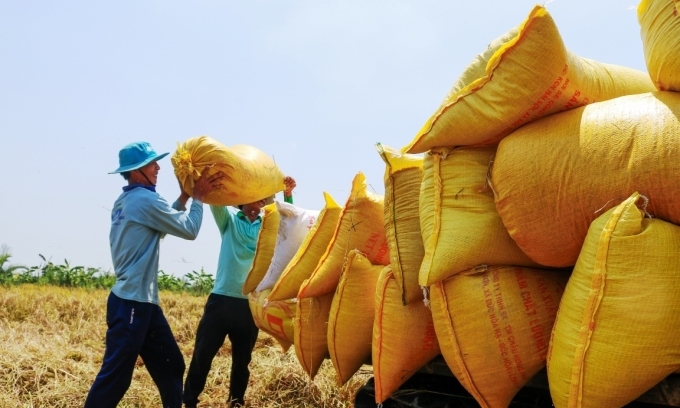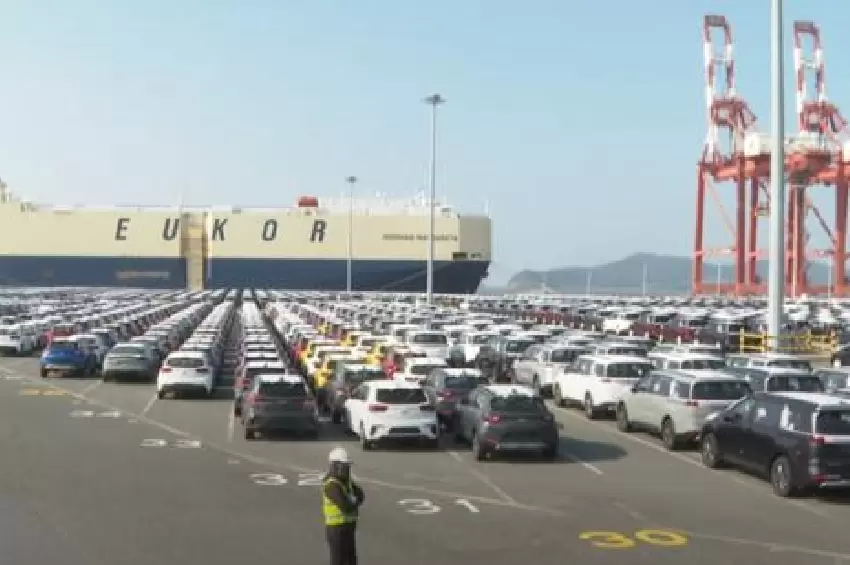
Global Rice Market Dynamics Impact Vietnam's Exports
Vietnam's 5% broken rice prices have plummeted to a four-year low, now trailing behind major competitors like Thailand, India, and Pakistan. This significant drop is causing concern among local farmers and exporters, especially with the upcoming winter-spring rice crop harvest.
Farmer Concerns and Market Hesitations
Hoang, a rice farmer from Can Tho City, voices the anxiety permeating the agricultural community. The declining prices, coupled with high input costs, threaten to erode profits. Traders' reluctance to engage in new contracts exacerbates the situation, with many opting for an early Tet holiday instead of business as usual.
Export Enterprises Adapt to Market Volatility
An enterprise leader in An Giang reveals a cautious approach to new contracts, focusing on fulfilling existing commitments. The unpredictability of rice prices has made businesses wary of potential losses, prompting a strategic pause in new purchases until market conditions stabilize.
Global Factors Influencing Rice Prices
The downturn in Vietnam's rice export prices is influenced by a combination of factors, including reduced import demands from key markets and India's resumption of rice exports. These developments have introduced a competitive edge to the global market, challenging Vietnam's position.
Looking Ahead: Strategies for Market Resilience
As the global rice supply is expected to reach a record high, Vietnam and other exporting countries must navigate these turbulent waters by enhancing product quality, exploring new markets, and adopting flexible market access strategies to sustain and grow their market share.









Comments